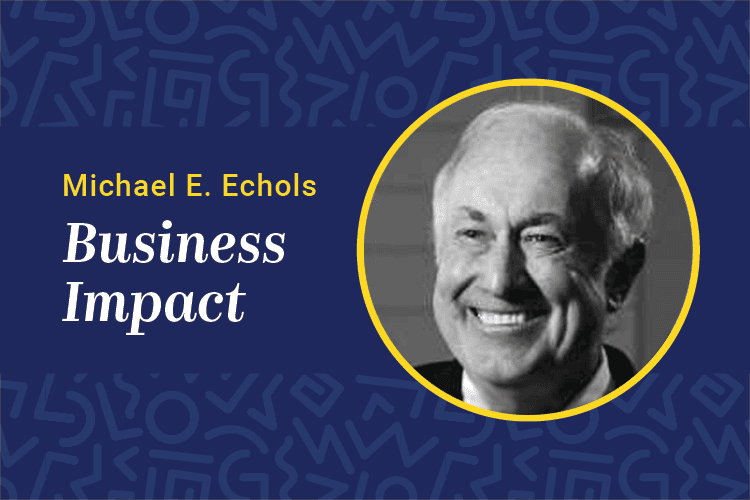
There is an immense array of challenges facing corporate leaders today. Learning is certainly one of them. Two fundamental drivers are creating change at an accelerating rate and, in turn, establishing an ever-more uncertain future requiring new skills. Learning is at the forefront.
The first driver is the shift from physical and local to digital and global. Coding has become a buzzword in skills development discussions. Coding is where the “rubber meets the road” in the stampede to digital and global. Programmers are the construction workers of the rapidly expanding digital assets taking place all over the world. We need many more builders. But under the coding frenzy are shifts in all manner of traditional corporate functions. Marketing is one example.
For decades, the five Ps of marketing were the mainstay of the profession. Product, price, promotion, place and people formed the core of the skill set. But massive disruption is taking place in this tried-and-true equation. Digital marketing is all the rage, with Facebook and Google taking center stage. Though digital marketing is one of those catchy phrases that fits so nicely in a tweet, critical examination reveals the huge shift in the skills needed to deploy a winning digital marketing strategy.
The product on display for inspection at the neighborhood retail location is literally disappearing as Sears, Younkers, J. Crew, Payless ShoeSource, Macy’s, J.C. Penney, Kmart, Gap and many more closed physical storefronts in recent years. More than 5,000 locations were shuttered in 2017 alone, and in the early months of 2019 another 2,100 are disappearing with the announced closing of the remaining Payless locations. The places of the past are vanishing at a feverish pace as the digital behemoth Amazon gobbles up market share.
In parallel with store closings, the places for promotion are withering at a comparable rate. Print publications are struggling to remain viable. It was in these publications where product was promoted with ads of colorful art and sales text. Expertise in ad creative and copy is no longer a skill in high demand. In its place, exploding demand for video production, search keyword expertise and lookalike campaign know-how has created huge demand for skills nonexistent as recently as a decade ago. The need for the newest skills of the digital economy has erupted while the supply has responded at the deliberative pace of a university faculty meeting. And the outlook is less than encouraging.
But the rapid shift in skills required to prosper — indeed, to merely survive — in this headlong rush into the global digital world of today and tomorrow is not the only challenge. It is the tomorrow that makes the learning function so very challenging, even as the task of filling today’s open positions strains the capacities of both recruiters and developers.
Because learning is an investment, the tomorrow is about forecasting the skills that will be needed next year, five years from now and even in a decade. One reason for this time horizon is the fact that learning is a long-cycle activity. The completion of a bachelor’s degree now takes five or six years to say nothing of the additional five years of experience (where the Labor Department estimates 70 percent of know-how is acquired) demanded in most job postings. That adds up to a decade required for the development of fully qualified, high-performance individuals.
Making learning investments today is much like sending a space mission to Mars. The launch is not aimed at where Mars is today but must be targeted at the place where Mars will be when the space payload actually gets there. In the absence of such a calculation, the mission is likely to fail miserably. So it is with learning. The learning activity today must aim at the way the digital global economy will be functioning five to 10 years from now.
If skills shifts in marketing from the five Ps to digital seem daunting, the gaze into the future of learning is mind numbing. This is why the challenge is among the greatest in the corporate executive suite. Yet, as human capital investors, learning executives have no choice but to defend their best guesses even as risk-avoidance instincts tug in the direction of “wait and see.”












